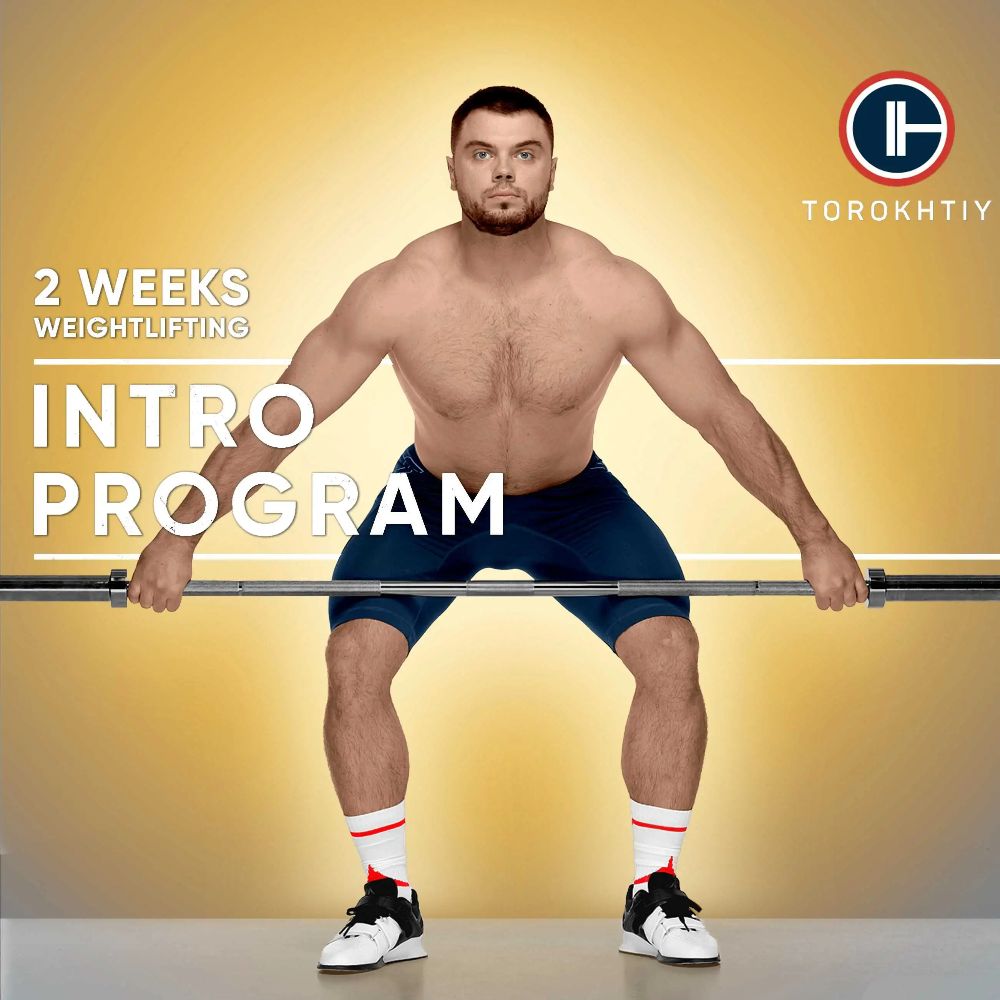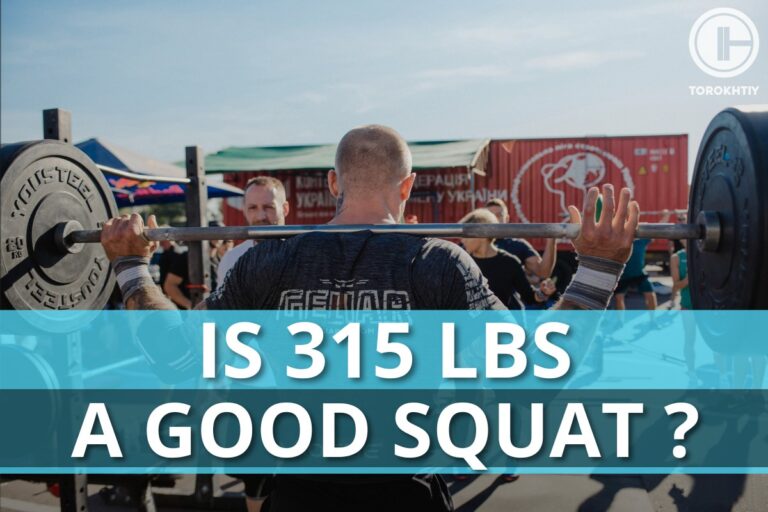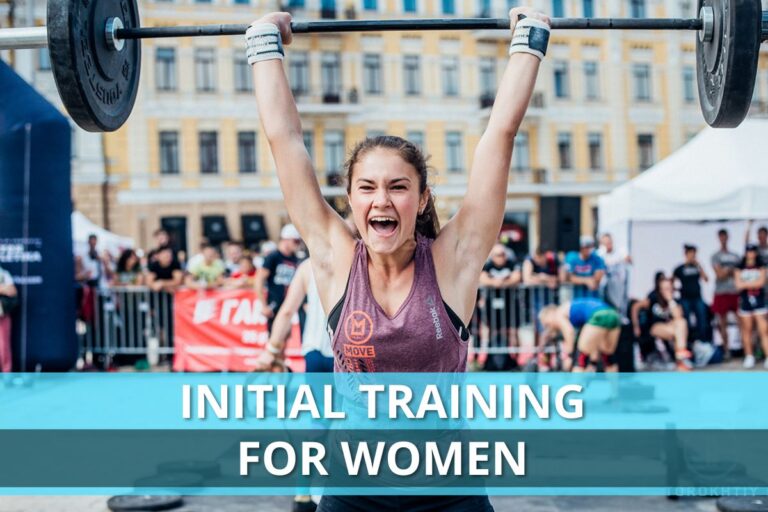Chinese Olympic Weightlifting
Olympic weightlifting is about lifting heavy weights with great skill. China has a unique way of training its athletes that is different from others. Their special training has made Chinese lifters some of the best in the world and many people are curious about their methods. Read more about it in this article.
The Chinese Olympic weightlifting is renowned for its focus on strength and technique. Discover the Chinese methods to achieve results in this sport.
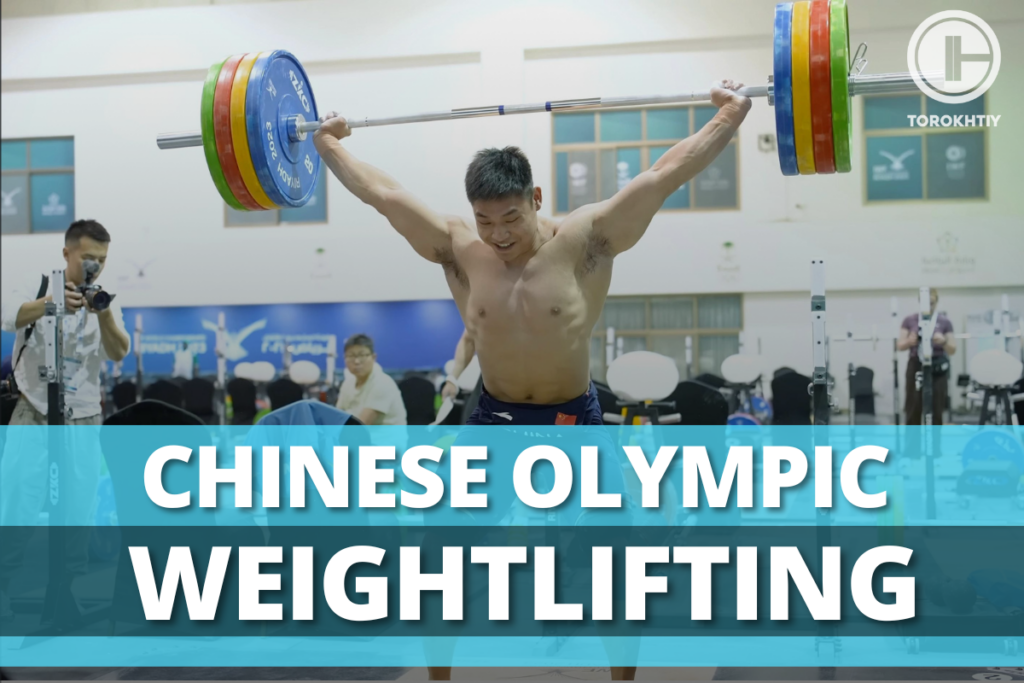
Chinese Olympic Weightlifting: What Is It?
The term Olympic weightlifting draws images of powerful athletes lifting enormous weight overhead, defying gravity in a display of sheer strength and technique. The Chinese school of Olympic weightlifting has developed a reputation in recent decades for producing some of the best weightlifters in the world. This methodology, well rooted in Chinese culture and tradition, is unique in its approach and principles.
Chinese Olympic weightlifting program has gained immense popularity in the USA due to its evident success on the international stage. More American coaches and athletes are adopting Chinese training principles looking to emulate the achievements of Chinese weightlifters.
Chinese Olympic weightlifting has curved its niche in the athletic world and its differences from Western methodologies are striking. A core distinction lies in the philosophy of programming, technique and rest periods.
While many Western training approaches emphasize rest duration between 3-5 minutes, ensuring full muscle recovery, the Chinese method challenges this narrative. The Chinese strategy underscores short rest periods averaging between 60-90 seconds. This is not a one-size-fits-all standard, but rather a tailored approach, adjusting according to the athlete’s resilience and the intensity of specific exercise. Yet the Chinese olympic weightlifter believes that these brief rests foster mental tenacity, accelerate cardiovascular recovery and simulate the pressure of competition scenarios where long rests aren’t always feasible.
In essence, the Chinese weightlifting doctrine is as much about physical prowess as it is about mental greed and adaptability. This blend of physical and psychological training creates athletes ready for both the demands of the sport and the unpredictable dynamics of competition, setting Chinese weightlifting in a league of its own.
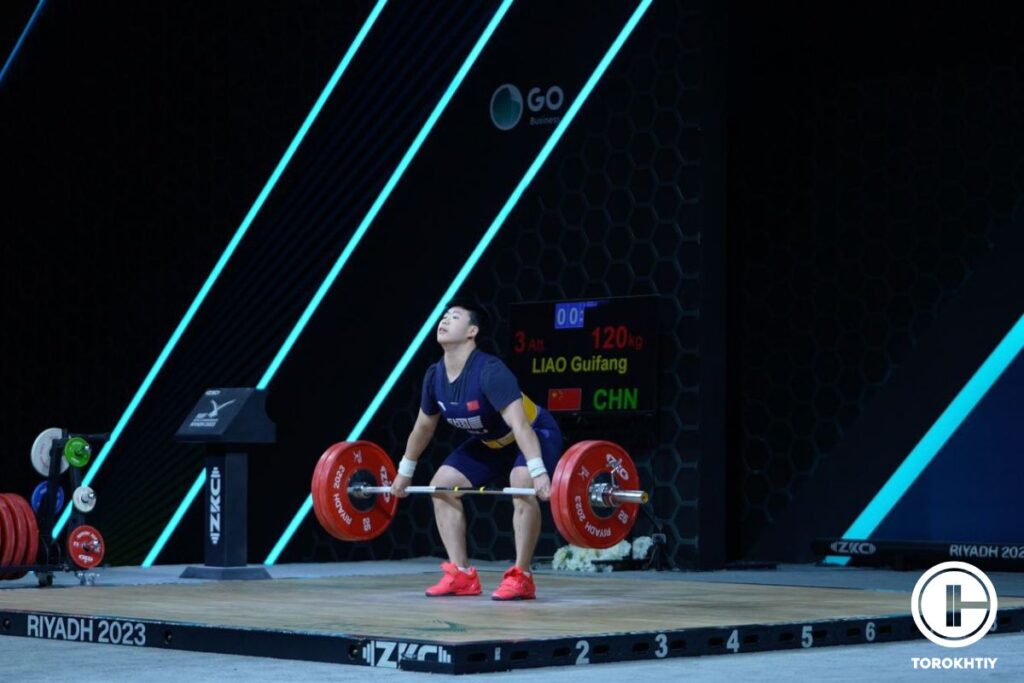
The Main Features And Principles Of Chinese Olympic Weightlifting
1. Early Recruitment And Structured Foundation
China’s commitment to excellence in weightlifting is evident in its early recruitment strategy. By inviting children aged 8-10 into the sport, they benefit from prolonged periods of skill acquisition and physiological adaptation. This early introduction not only imparts a rigorous foundation, but also immerses the youth in the sports culture, discipline and ethics.
2. Leg Strength As The Priority
In weightlifting the leg muscles are the primary powerhouse and the Chinese system pays homage to this fact. A typical training week sees athletes dedicating 3-4 sessions to squat alone. The variation between front and back squats often with significant weights sets a challenging goal: squatting up or even beyond three times their body weight. This robust lack of foundation ensures both raw strength and explosiveness.
3. Precision In Technique
In the fast-paced world of weightlifting, where speed can be a game-changer, Chinese weightlifters are trained to first respect the technique. Every movement is dissected, practiced and then perfected. Key principles such as maintaining an upright torso and ensuring a straight bar path drilled it into each athlete. This meticulous approach reduces injury risk and insurance consistency across competition.
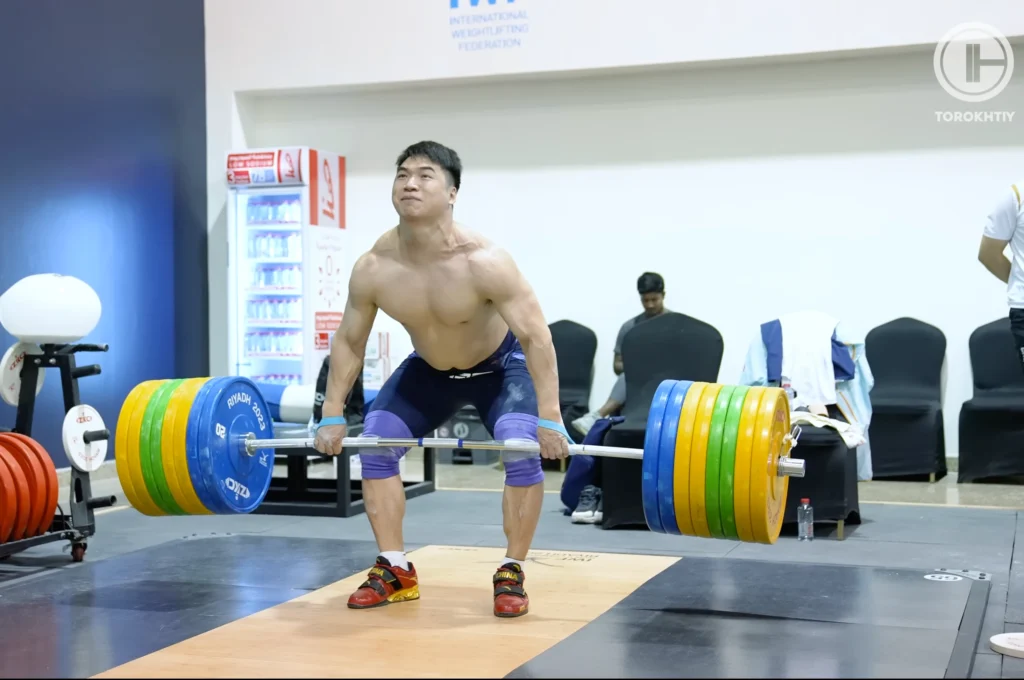
4. Holistic And Comprehensive Training Approach
Chinese weightlifters aren’t just about the primary Olympic lifts. Their training regimen is prepared with accessory exercises and even bodybuilding routines. By focusing on ancillary muscles in the shoulders, back, abs and legs, they ensure all around muscle development. This comprehensive approach translates to better performance and fewer muscular imbalances.
5. Harmonizing Raw Strength With Power And Speed
At the heart of Chinese weightlifting lies philosophy that intertwines raw strengths and is dynamic application. It’s not enough to just be strong, one must apply that strength rapidly and efficiently. Thus, while certain exercises like squats and pulse might emphasize shirt strength and can be executed more slowly, the actual Olympic lifts are expected to be fast showcasing an athletes harmony of strength and speed.
6. Cultural And Psychological Conditioning
Often overlooked but equally vital is the mental conditioning embedded in the Chinese weightlifting framework. Drawing from traditional Chinese values of perseverance, respect and humility, athletes are molded to be resilient in the face of challenges. The psychological edge paired with their physical prowess is what often sets them apart on the global stage.
7. Integrated Support Systems
Behind every successful Chinese weightlifter is a support system comprising coaches, physiologists, nutritionists and therapists. This integrated approach ensures that every face of the athlete`s development from nutrition to recovery is meticulously monitored and optimized. It’s a testament of how Chinese weightlifting is not just about individual brilliance, but a collective effort toward excellence.
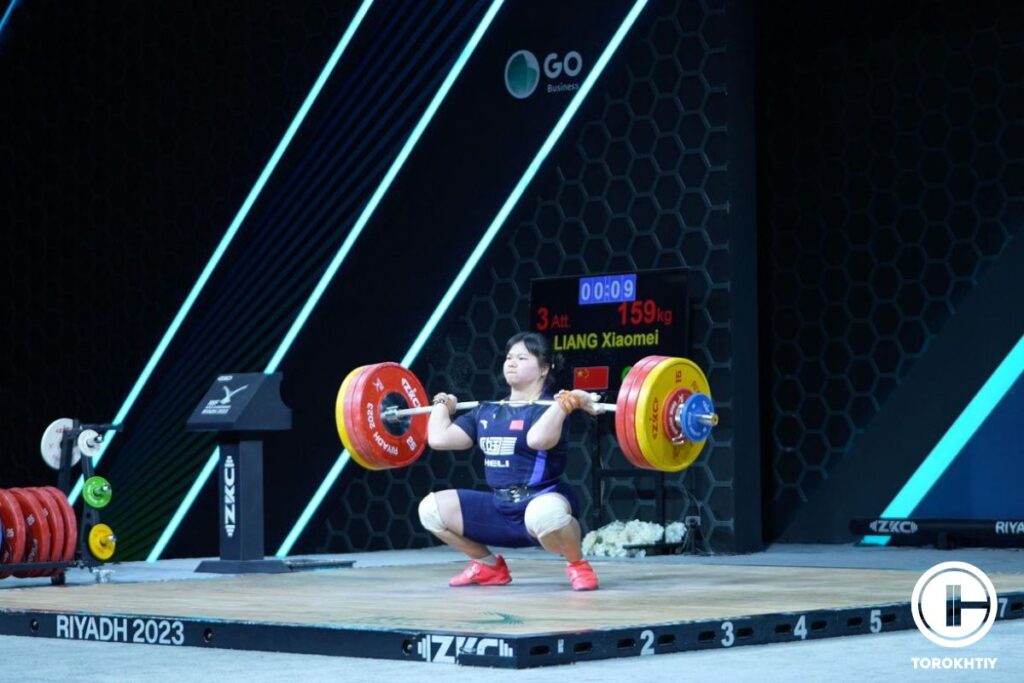
Advantages Of Chinese Olympic Weightlifting
✅ Early Start
By initiating training at such a tender age, athletes don’t just gain a head start. They undergo an intensive molding process during their developmental years, allowing them to fine-tune motor skills and muscle memory. This youthful exposure grants them an extensive period to hone their technique and develop a profound understanding of the sports intricacies.
✅ Holistic Approach To Physical Development
Chinese weightlifting is more than just about hefting heavy barbells. The training protocols include activities that may not be associated directly with weightlifting. Morning jogs, for instance, not only enhance cardiovascular health, but also foster discipline and stamina. Similarly the incorporation of bodybuilding routines emphasize a symmetry and aesthetic muscular development, ensuring lifters are strong and well balanced across all muscle groups.
✅ Intensity Of Domestic Competition
With a plethora of talent, the Chinese national championships can sometimes overshadow even international events in terms of competition level. This relentless domestic rivalry ensures that athletes are always on their toes, pushing boundaries and refining their skills. With these athletes stepping onto international platforms, they are already seasoned warriors, familiar with the pressures of top competitions.
✅ Unwavering Emphasis On Technique
While many schools of weightlifting acknowledge the importance of technique, the Chinese take it and notch higher. There is a profound belief that perfect technique not only optimizes performance, but drastically reduces injury risk.
✅ Traditional And Effective Recovery Methods
In the realm of sports recovery is paramount. The Chinese have mastered the art for centuries. Apart from modern methods, traditional techniques play a pivotal role. Massages often rooted in ancient Chinese rehab practices, aid in muscle relaxation and improve blood circulation.
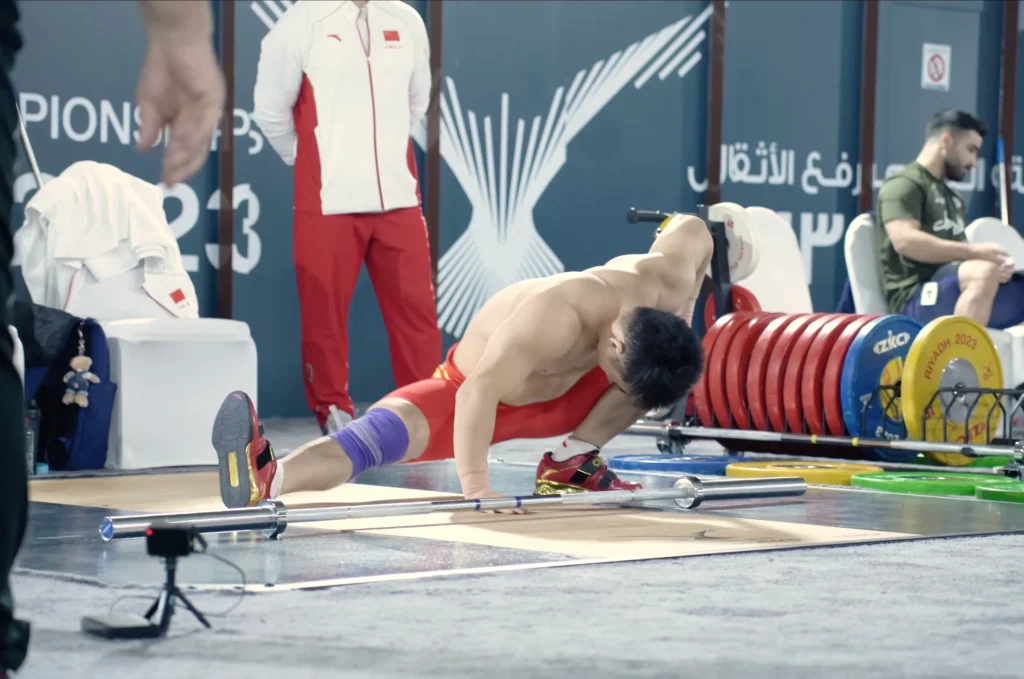
Disadvantages of Chinese Olympic Weightlifting
❌ High Demands And Potential Burnouts
Chinese weightlifting programs are notorious for their relentless volume and intensity. While this might be the secret sauce behind their success, it also serves as a double-edged sword for athletes who aren’t in the sport full-time or lack recovery. This demand for an approach can lead to both physical and mental burnouts. Without proper guidance there is a risk of overtraining, which can be detrimental to one’s health and performance.
❌ Risks Of Early Specialization
Commencing intense training from a very young age carries its set of drawbacks. While it offers a head-start in the realm of weightlifting, it might pigeonhole young athletes. Engaging solely in weightlifting from such a tender age can restrict them from experiencing other sports, potentially limiting their athletic versatility and missing out on the border benefits and experiences other disciplines provide.
❌ Variety Approach To Nutrition
While Western athletes often adhere to strict scientifically backed nutritional plans, Chinese lifters might sometimes rely on traditional beliefs or informal practices. Without a consistent evidence-based approach to nutrition there is a potential risk of not fueling the body optimally.
❌ Inflexible Training Methodologies
The stringent and standardized training protocols leave little room for personalization. While the Chinese methodology has produced numerous champions, it is also worth noting that not every athlete’s body conforms to a singular training approach.
The Training Plan Of Chinese Olympic Weightlifting
Let’s take a look at the basic template of the Chinese Elite training plan. Usually it consists of 6 training days: Monday, Tuesday, Wednesday, Thursday, Friday, Saturday with two sessions per day on Monday, Tuesday, Wednesday and rest day on Sunday.
In most exercises lifters go up till a heavy set, unless it is prescribed another way. It can be a light load in tapering, recovering or transition weeks.
Keep it mind, this is only a typical example and not a specific training plan.
1. Monday
Morning session:
- Power Clean + 3 Push Presses
- Back Squats – heavy triples
- Accessory training
Evening Session:
- Clean + 2 Jerks – up to 90% of 1 C&J RM
- Clean Pulls 5-6 sets / 3 reps, up to 110-115% of 1 C&J RM
- Accessory training
🔻FREE OLYMPIC WEIGHTLIFTING PROGRAM
Get started on your weightlifting journey with the Torokhtiy Free Olympic Weightlifting Program! Perfect for beginners, this FREE 2-week program focuses on Snatch and Clean & Jerk techniques. Suitable for all levels, it’s designed for muscle and technical preparation.
Download now for FREE!
2. Tuesday
Morning session:
- Muscle Snatch – heavy doubles
- Front Squat – heavy triples
- Military Press – heavy 3-5 reps
- Accessory training
Evening Session:
- Snatch – heavy doubles up to 80-85% of 1 Snatch RM
- Snatch Pull heavy triples up to 110-115% of 1 Snatch RM
- Snatch hangs or complex accessory training
- Accessory training
3. Wednesday
- Clean & Jerk – singles up to 80% of 1 C&J RM
- Clean Pulls – heavy 2-3 reps
- Jerk Dips heavy 2-3 singles
4. Thursday
Accessory training or unrelated activity
5. Friday
Max Day – Heavy lifting for both Snatch and C&J.
Depending on the phase of the competition preparation it could be focused more on just single exercise.
6. Saturday
- Power Clean + Push Press comfortable load
- Clean Pull comfortable load
- Back Squats – heavy 3-5 reps
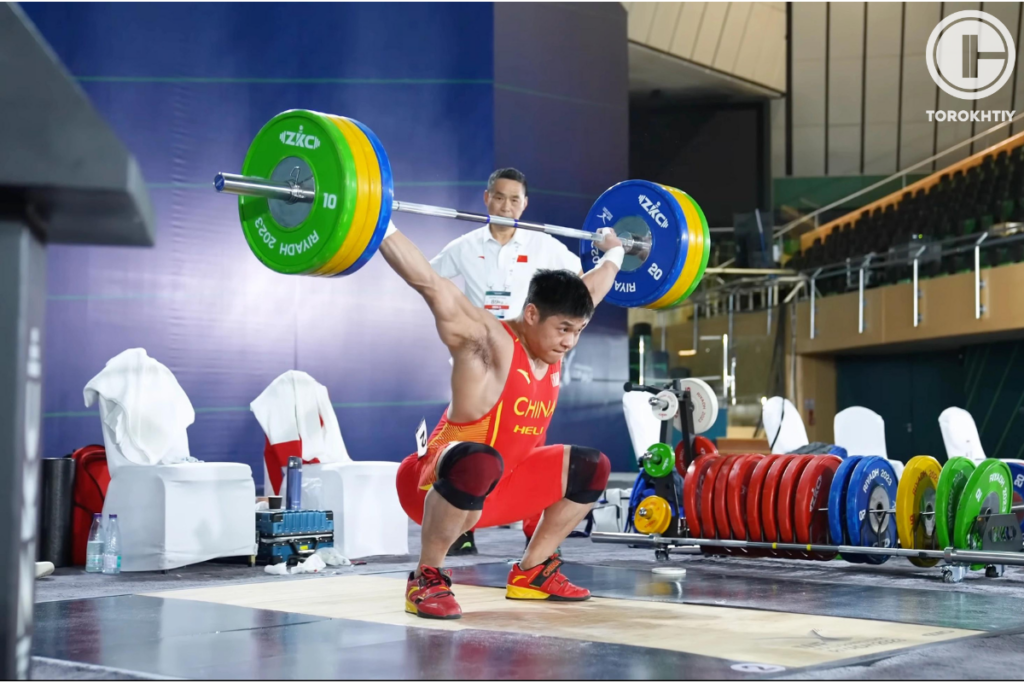
FAQ
What Is the Power Position in Chinese Weightlifting?
The Power position in Chinese weightlifting it’s a principal stance just before the weight is exploding up. In this position the lifter’s hips are 80% extended, feet are flat, upper body is straight and the bar is near the athlete. This setup is like getting ready to spring up making sure the lifter can lift the weight smoothly and with a lot of power, whether they are doing snatch or clean and jerk.
How Often Do Chinese Weightlifters Squat?
Chinese weightlifters play strong emphasis on leg strength and squatting is integral to their training. Typically, they squat multiple times a week. It’s not uncommon for elite Chinese weightlifters to have 3-4 squats sessions weekly, alternating between front and back squats. However, the exact frequency can vary based on the individual lifters program, training phase and other specific needs or goals.
Conclusion
To sum it up, the Chinese way of training weightlifters has its own set of techniques and ideas, and it’s been really successful. Like everything, it has its pros and cons, but it’s a great method for those wanting to reach the top in weightlifting. Let me know your thoughts about Chinese Olympic weightlifting. Let’s discuss it in the comment section below.
Also read:
References:
1. Dior Anderson “Capturing the holistic profile of high performance Olympic weightlifting development” Researchgate September 2022
2. Neli Yankova “EFFECTS OF OLYMPIC WEIGHTLIFTING TRAINING METHODS ON MOTOR ABILITIES IN” Researchgate December 2022
3. Marianne Huebner “Performance Development From Youth to Senior and Age of Peak Performance in Olympic Weightlifting” Researchgate August 2019
4. Yao Shang “The Effect of Social Support on Athlete Burnout in Weightlifters: The Mediation Effect of Mental Toughness and Sports Motivation” Front Psychol 2021 May 14
5. Valentin Panayotov “INFLUENCE OF OLYMPIC WEIGHTLIFTING TRAINING ON MOTOR ABILITIES IN CHILDREN” Researchgate December 2022
Why Trust Us?
With over 20 years in Olympic Weightlifting, our team does its best to provide the audience with ultimate support and meet the needs and requirements of advanced athletes and professional lifters, as well as people who strive to open new opportunities and develop their physical capabilities with us.
By trusting the recommendations of our certified experts in coaching, nutrition, dietology, and sports training programming, as well as scientific consultants, and physiotherapists, we provide you with thorough, well-considered, and scientifically proven content. All the information given in the articles concerning workout programming, separate exercises, and athletic performance, in general, is based on verified data. We ensure that you can rely on our professionals’ pieces of advice and recommendations that can be treated as personalized ones which will benefit you and fully meet your needs.
The product testing process is described in more detail here
Author: Sergii Putsov
Head of Sport Science, PhD
Best Results: Snatch – 165 kg,
C&J – 200 kg
Sergii Putsov, Ph.D., is a former professional weightlifter and National team member, achieving multiple medals in the 94 kg weight category at national competitions. With a Master’s degree in “Olympic & Professional Sport Training” and a Sport Science Ph.D. from the International Olympic Academy, Greece, Sergii now leads as the Head of Sport Science. He specializes in designing training programs, writing insightful blog articles, providing live commentary at international weightlifting events, and conducting educational seminars worldwide alongside Olympic weightlifting expert Oleksiy Torokhtiy.

